In the bustling taverns of Seville and the vibrant bars of Barcelona, a culinary tradition has long served as the heartbeat of Spanish social life. Tapas, those delightful small plates that range from simple olives to elaborate gourmet creations, represent far more than just a way of eating. They are a cultural institution, a ritual of connection, and a powerful engine for social cohesion. The very essence of tapas lies in their shared nature, transforming a meal from a solitary act of consumption into a communal experience that fosters conversation, breaks down barriers, and strengthens the bonds of community.
The origins of tapas are as rich and varied as the dishes themselves, steeped in folklore and national pride. One popular legend attributes the creation to King Alfonso X of Castile, who, while recovering from an illness, was prescribed small portions of food with wine. Upon his recovery, he decreed that no wine should be served in inns without a small "tapa," or cover, of food to accompany it, aiming to prevent intoxication. Another tale suggests the snacks began as simple slices of ham or cheese placed over glasses of sherry in Andalusia to keep flies out—literally a "top" or "lid." Regardless of its true genesis, the practice evolved from a practical necessity into a cherished social custom. It moved from the aristocracy to the working classes, becoming a staple in taverns where laborers would gather for a quick, fortifying bite and a glass of wine before returning to their work. This humble beginning is crucial to understanding its role; it was never meant to be an exclusive or formal dining experience but an accessible, democratic ritual for everyone.
The magic of the tapas culture is not found in any single dish but in the framework it creates for human interaction. Unlike a traditional meal where each person is siloed with their own main course, a tapas spread is inherently collaborative. Plates are placed in the center of the table, and everyone partakes freely. This setup is a powerful social equalizer. There is no "my food" and "your food," only "our food." This act of sharing from a common source immediately dismantles formalities and encourages a sense of intimacy and camaraderie. Conversation naturally flows around the dishes—discussing which one to order next, recommending a favorite, or exclaiming over a particularly delicious bite. The meal becomes a journey of collective discovery rather than individual consumption.
Furthermore, the pacing of a tapas meal is deliberately slow and extended, designed to facilitate lingering and conversation. It is an event, not a pit stop. Spaniards often move from one bar to another in the evening, a practice known as "tapeo," enjoying one or two small plates and a drink at each establishment. This ritual, which can last for hours, turns the entire neighborhood into a dining room. The focus shifts decisively from merely eating to socializing. The food is the catalyst, but the connection is the main course. In a world increasingly dominated by quick, solitary meals eaten on the go or in front of screens, the tapas tradition insists on the opposite: to slow down, to be present, and to engage with the people around you.
The impact of this shared dining model on social cohesion is profound and multifaceted. On a micro level, it strengthens personal relationships. Sharing food is a fundamental act of trust and generosity across cultures. In the context of tapas, it becomes a continuous series of small offerings, building rapport and reinforcing bonds between friends, family, and even new acquaintances. A business deal discussed over a plate of patatas bravas and a personal heart-to-heart shared over gambas al ajillo take on a different, more collaborative tone than they would in a standard restaurant setting. The environment is louder, more relaxed, and less rigid, allowing for more genuine interaction.
On a macro level, tapas culture fosters a strong sense of community and local identity. Tapas bars are typically neighborhood hubs, places where locals are known by name. They act as social anchors, creating a reliable, welcoming space for people to gather and connect outside of their homes. This regular, informal contact builds what sociologists call "social capital"—the networks of relationships among people who live and work in a particular society, enabling that society to function effectively. In these bars, news is exchanged, problems are discussed, and support networks are reinforced. For newcomers or foreigners, participating in a tapeo is one of the fastest ways to feel integrated into the local rhythm of life. It is an immersive lesson in Spanish values: passion, community, and the joy of living in the moment.
In conclusion, Spanish tapas culture is a brilliant culinary and social innovation. It masterfully uses food, the most universal of languages, to facilitate human connection and build community resilience. It is a tradition that understands a profound truth: that how we eat is just as important as what we eat. By championing sharing over individuality, conversation over silence, and lingering over rushing, the ritual of tapas creates a powerful antidote to modern isolation. It is a vibrant, delicious reminder that some of the most important nourishment we receive does not come from the plate itself, but from the people we share it with.
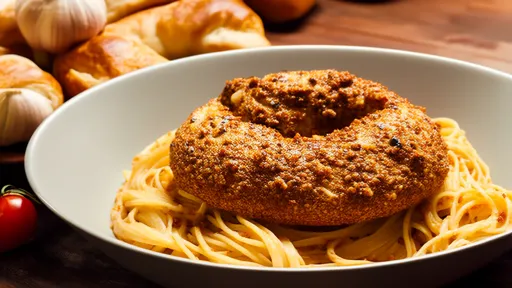
By /Aug 20, 2025

By /Aug 20, 2025
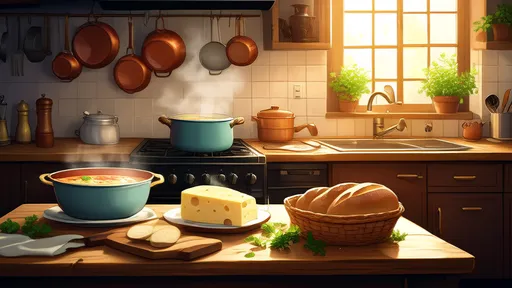
By /Aug 20, 2025
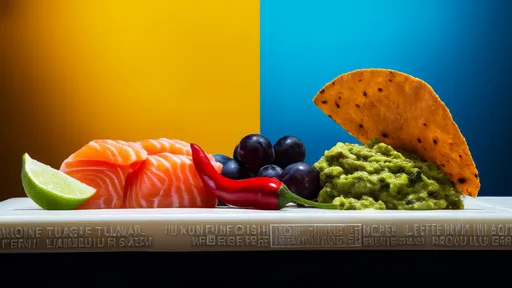
By /Aug 20, 2025

By /Aug 20, 2025

By /Aug 20, 2025
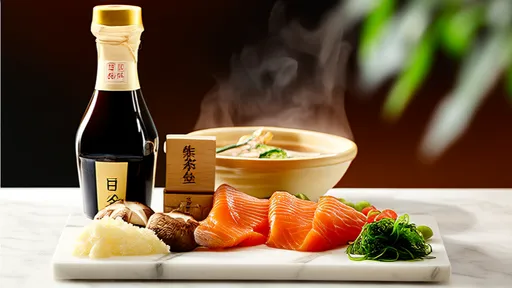
By /Aug 20, 2025

By /Aug 20, 2025

By /Aug 20, 2025

By /Aug 20, 2025
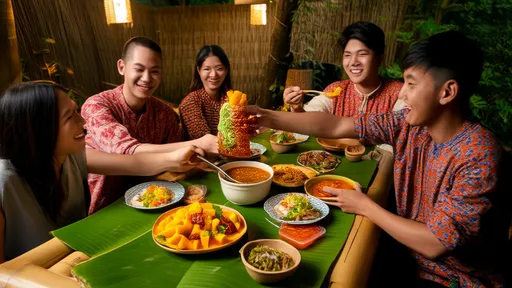
By /Aug 20, 2025

By /Aug 20, 2025
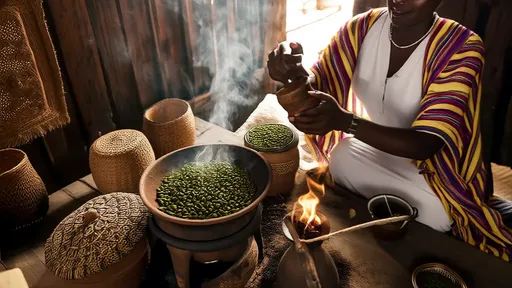
By /Aug 20, 2025
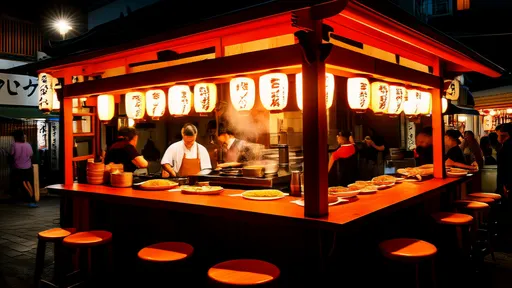
By /Aug 20, 2025
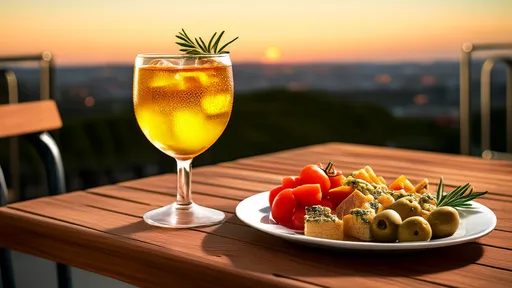
By /Aug 20, 2025

By /Aug 20, 2025

By /Aug 20, 2025

By /Aug 20, 2025
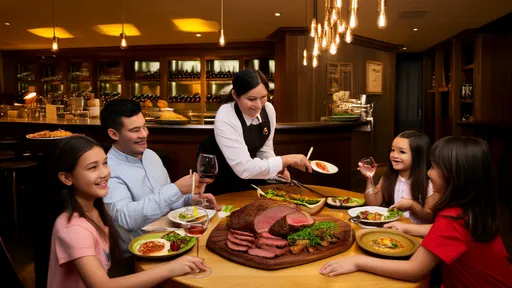
By /Aug 20, 2025

By /Aug 20, 2025